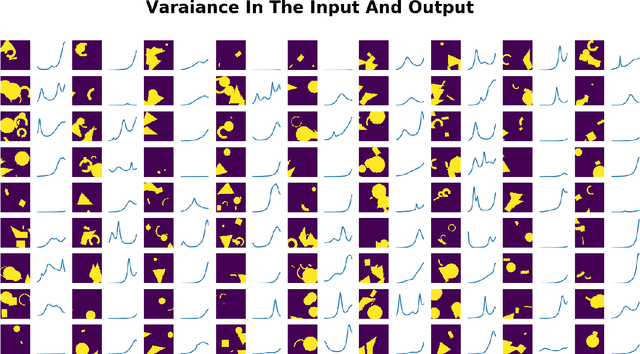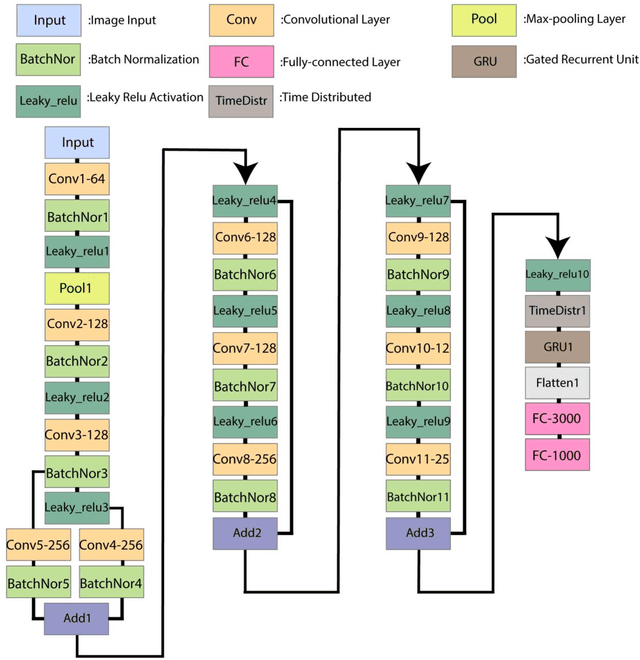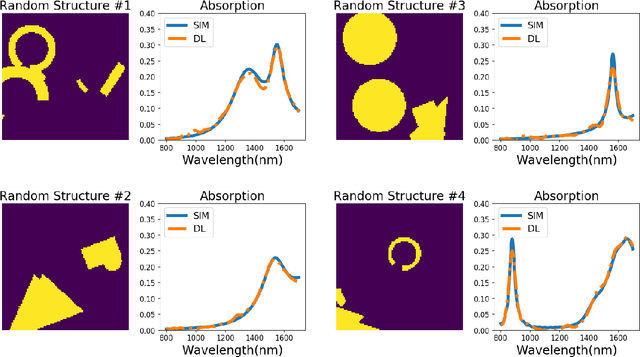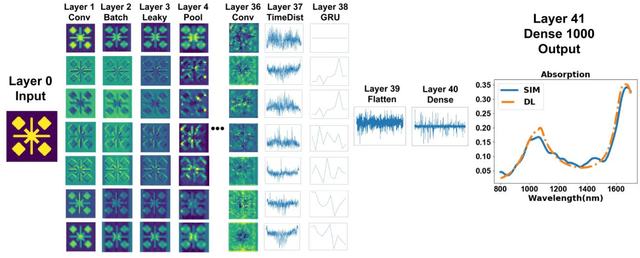Iman Sajedian
Finding the best design parameters for optical nanostructures using reinforcement learning
Oct 18, 2018



Abstract:Recently, a novel machine learning model has emerged in the field of reinforcement learning known as deep Q-learning. This model is capable of finding the best possible solution in systems consisting of millions of choices, without ever experiencing it before, and has been used to beat the best human minds at complex games such as, Go and chess, which both have a huge number of possible decisions and outcomes for each move. With a human-level intelligence, it has been solved the problems that no other machine learning model could do before. Here, we show the steps needed for implementing this model on an optical problem. We investigated the colour generation by dielectric nanostructures and show that this model can find geometrical properties that can generate a much deeper red, green and blue colours compared to the ones found by human researchers. This technique can easily be extended to predict and find the best design parameters for other optical structures.
Predicting resonant properties of plasmonic structures by deep learning
Apr 19, 2018



Abstract:Deep learning can be used to extract meaningful results from images. In this paper, we used convolutional neural networks combined with recurrent neural networks on images of plasmonic structures and extract absorption data form them. To provide the required data for the model we did 100,000 simulations with similar setups and random structures. By designing a deep network we could find a model that could predict the absorption of any structure with similar setup. We used convolutional neural networks to get the spatial information from the images and we used recurrent neural networks to help the model find the relationship between the spatial information obtained from convolutional neural network model. With this design we could reach a very low loss in predicting the absorption compared to the results obtained from numerical simulation in a very short time.
 Add to Chrome
Add to Chrome Add to Firefox
Add to Firefox Add to Edge
Add to Edge